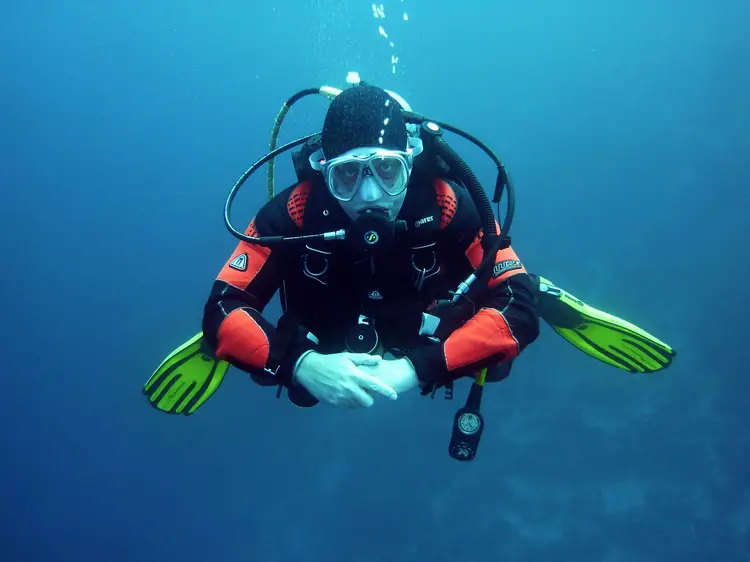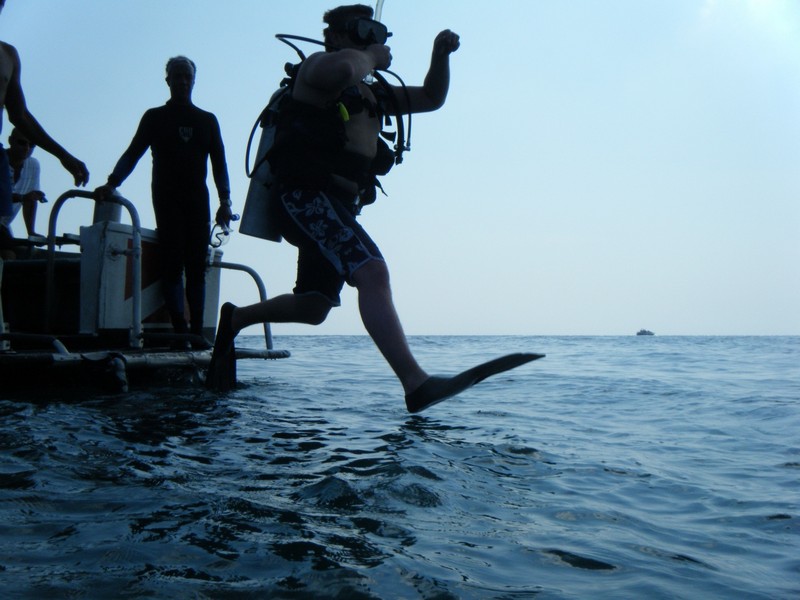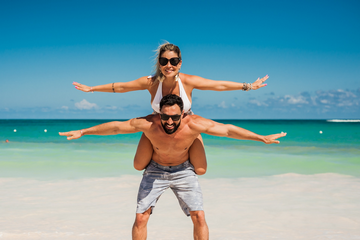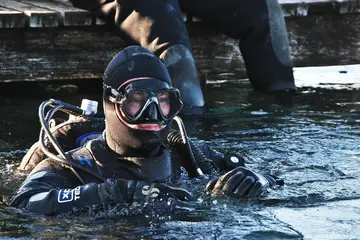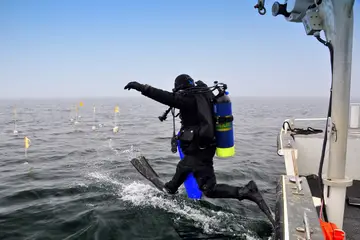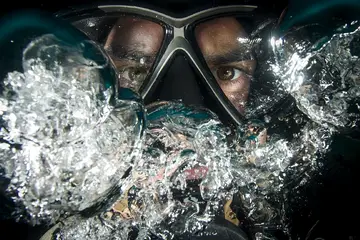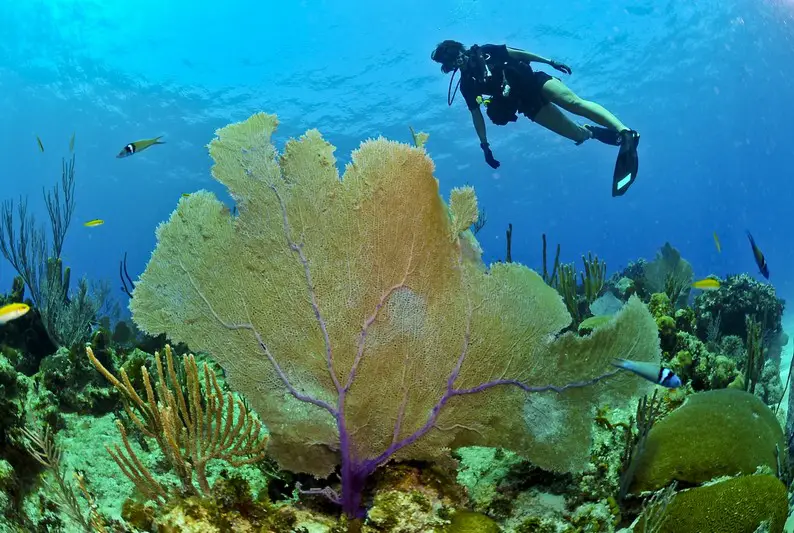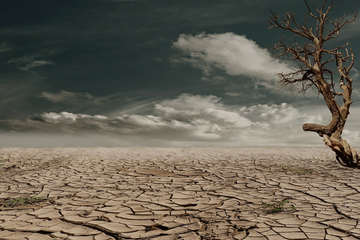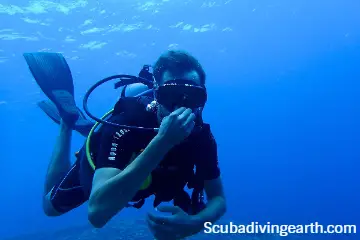What Is The Golden Rule Of Scuba Diving?
The golden rule of scuba diving is to always remember to never hold your breath while ascending, because as you ascend to the surface, the pressure around you decreases and any air that you have in your lungs will expand, and could cause serious injury or even death due to lung over-expansion.

